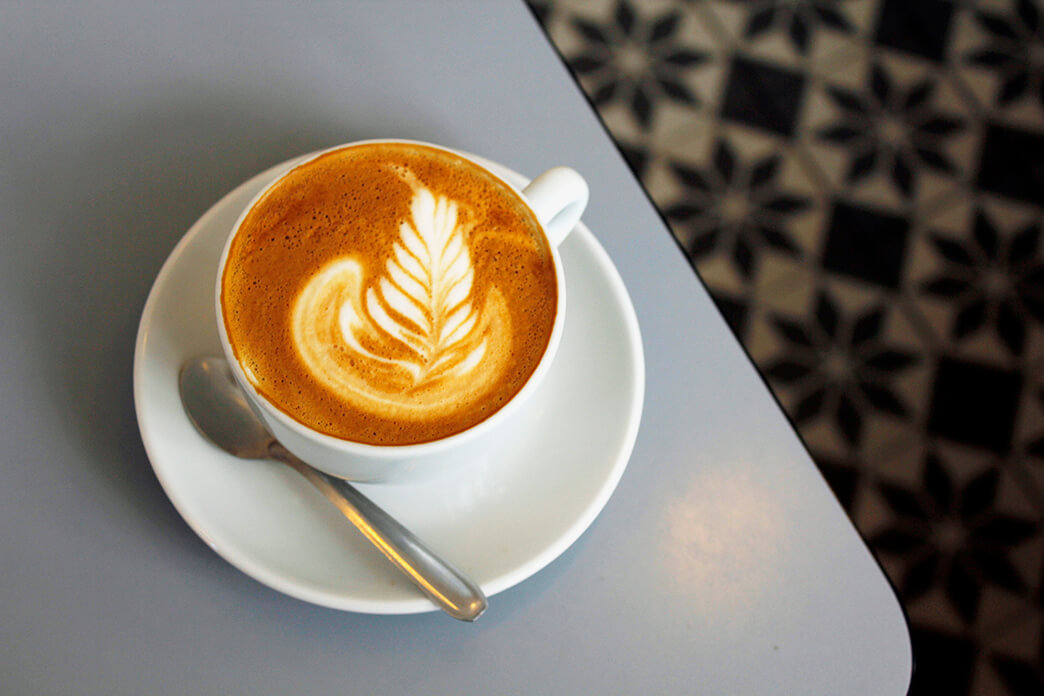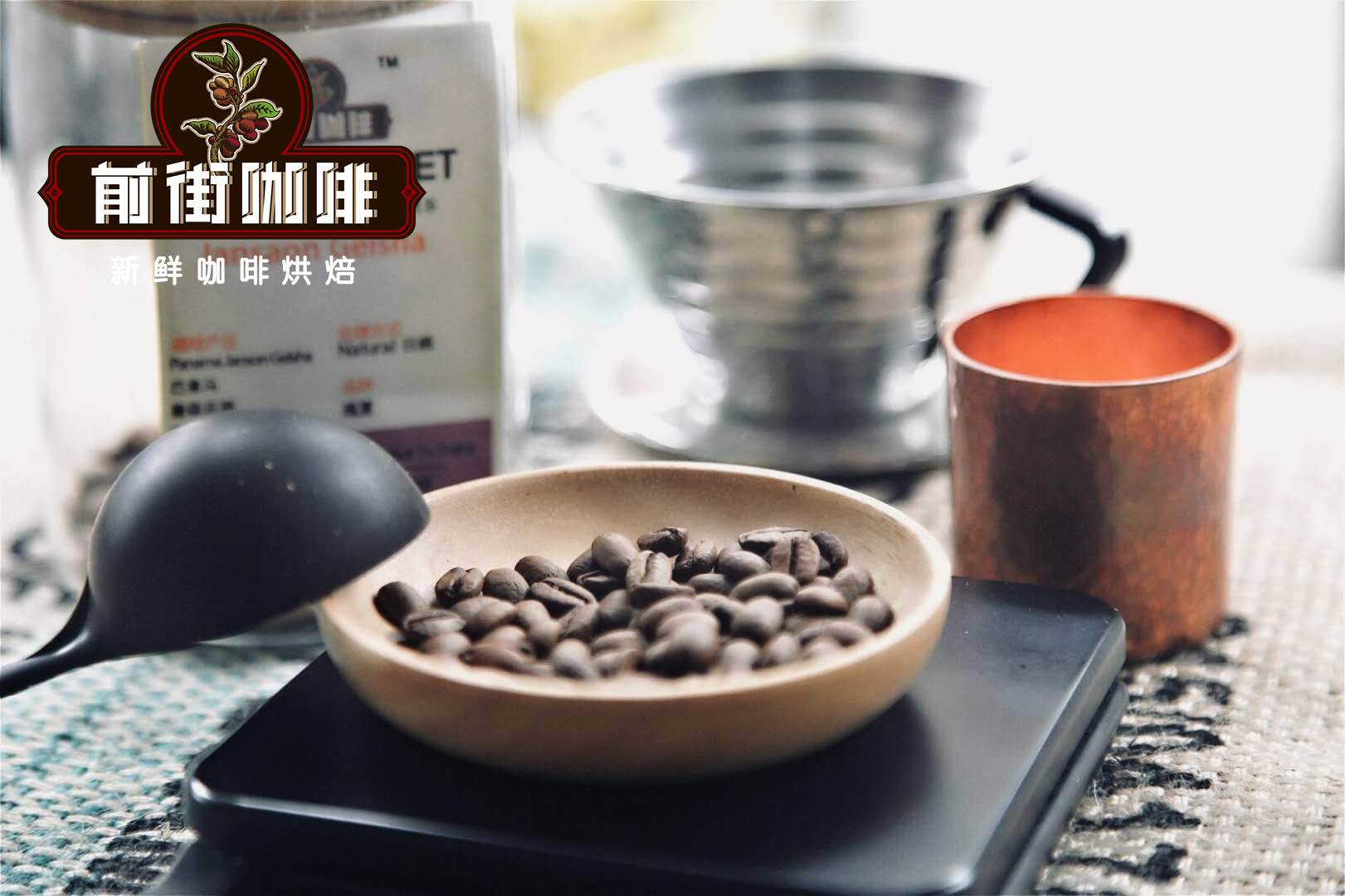In addition to the variety and environment, there are other reasons why Sunshine Huakui has won the championship for its excellent quality.

For professional baristas, please follow the coffee workshop (Wechat official account cafe_style)
Brief introduction of Origin:
The administrative region of Ethiopia is divided into four grades, the order from big to small is Region, Zone, woreda, kebele. Most of the raw coffee beans are named according to this rule. Guji-Shaquiso, which is located in the southeast of the well-known producing area of Yega Xuefei, belongs to Oromia Region → Guji Zone → Shakisso woreda and belongs to the regional source of coffee beans.
Just as Yejasuffe became well-known after it became famous, it became an independent producing area. Guji became an independent production area by ECX in 2010 because of its superior geographical location and cup flavor. Shaquiso is the most attractive micro-producing area in the Guji producing area, which is located in the southeast of Yega Snow Coffee, with an average elevation of more than 1800 meters. The fertile black soil has a significant temperature difference between day and night, so that the local has the conditions to produce high-quality coffee. The sources of local coffee production are almost in the form of individual small farmers. At the beginning of the production season, the ripe red berries nearby are picked and sent to the treatment plant, and well-ventilated African scaffolding is placed to control the temperature and fermentation degree. After the pulp is removed, the water content is reduced to between 11.5% and 12%. When the post-processing and static operation are completed, the export is done through the competitive bidding system of the ECX Ethiopia Commodity Exchange. Local exporters or international buyers then follow this system to compete to find favorite coffee raw beans.
In recent years, the most popular producing area in Ethiopia is Yega Schiffe. Guji-Shakiso is less well-known than Yejia Soga. However, under the trend of soaring overall price of Yega Snow in 2015, international boutique buyers have turned to other neighboring producing areas, such as Sidamo, Limu, Jimma … Wait, wait,
Guji-Shaquiso coffee is actually quite unique, and the coffee produced has also repeatedly attracted market attention. Ninty Plus launched the legendary bean Nekisse at the end of 2009, which originally means "nectar from Shaquiso" (Nectar from Shakisso). The origin and naming come from Shakisso. Another Level Up-produced Derar Ela, which is also produced in Shaquiso, was repeatedly praised by Taiwan businessmen last year, and won an excellent score of 95 Coffee Review points in April 2014.
Huakui treatment plant is located in buku abel village, which is 2200 meters above sea level. In the harvest and treatment season (December-January), its unique growth environment and natural climate created the unique flavor of Huakui. The sugar content of the red fructose we are picking is more than 30 before we start sun treatment. In the first two days of the sun, we should ensure the humidity of the red fruit so that the fructose begins to ferment fully. At the same time, the high-altitude geographical location, so that the night temperature of the treatment plant can be reduced to about 12 degrees Celsius, and will not produce the smell of excessive fermentation because the temperature is too high. When the temperature is relatively high at noon, we will cover in time to prevent sunburn of red fruit.
In order to prevent sudden rain at night, it will be wrapped in thick plastic sheeting. In this way, the red fruit is fermented and dehydrated at a lower temperature. After 18 days of sun treatment, when the moisture content of raw coffee beans is reduced to about 13%, stop sun treatment, put it in sacks, put it in the warehouse under natural conditions of 12-22 degrees Celsius and 40-50% humidity, raise raw beans and further dehydrate for about 50 days. When the moisture content of raw beans reaches about 10, the transportation treatment plant will be shelled and screened for sale.
Coffee producing countries: Africa Africa, Ethiopia Ethiopia
Coffee Manor: Guji Guji, Hambella Wamena area, Dimtu City, buku able Manor
Coffee variety: Heirloom, native to Ethiopia
Country: Ethiopia
Producing area: Guji region
Altitude: 2250-2350
Treatment: insolation
Variety: local native species Heirloom
Producer: local small farmers
Flavor: passion fruit, rose, strawberry jam
The coffee flavor of Sidamo is very diverse, because of the different soil composition, regional microclimate and countless native coffee varieties, the coffee produced in each urban area has obvious differences and characteristics. The Sidamo producing area (Sidama) is located in southern Ethiopia. The industry here is dominated by agriculture, and the coffee-growing area is located around the East African Great Rift Valley (Great Rift Valley). The coffee flavor of Sidamo is very diverse, because of the different soil composition, regional microclimate and countless native coffee varieties, the coffee produced in each urban area has obvious differences and characteristics. The Sidamo producing area (Sidama) is located in southern Ethiopia. The industry here is dominated by agriculture, and the coffee-growing area is located around the East African Great Rift Valley (Great Rift Valley).
Award-winning situation
2016 / 2017
Ethiopia National Taste of Harvest Competition champion
Winner of the Ethiopian Coffee Competition during the harvest season in 2016ache 2017
2017 Regional Africa Taste of Harvest Competition runner-up
Runner-up in 2017 African Coffee Competition
Production altitude: 2250-2350m
Quality level: G1
Treatment: Natural tanning (African drying bed)
Cup test flavor: passion fruit, rose flavor, strawberry jam, sweet and sour berries, peach pulp, black tea tail rhyme
Important Notice :
前街咖啡 FrontStreet Coffee has moved to new addredd:
FrontStreet Coffee Address: 315,Donghua East Road,GuangZhou
Tel:020 38364473
- Prev

Description of flavor characteristics of Guji producing area of Huakui coffee beans story of taste characteristics of Sidamo coffee beans
For professional baristas, please follow the coffee workshop (Wechat official account cafe_style) Shakisso, located in the southern part of Guji, Oromia, next to Sidama and Gedeo. There are many pits in this area, which were used to mine gold in the early days, so there are many potholes in this coffee growing area. It makes people in the coffee growing area
- Next

Indonesia wet planing and sun treatment Mantenin coffee beans are different in taste and flavor.
Professional baristas Please follow the Coffee Workshop (official Wechat account cafe_style) the most famous producers of coffee in Asia are the islands of Malaysia: Sumatra, Java and Gary Mann. Sumatra Manning coffee from the Indonesian island of Sumatra is the most famous. Lake dopa in Sumatra Province and Lake Tawa in Aceh are produced.
Related
- Detailed explanation of Jadeite planting Land in Panamanian Jadeite Manor introduction to the grading system of Jadeite competitive bidding, Red bid, Green bid and Rose Summer
- Story of Coffee planting in Brenka region of Costa Rica Stonehenge Manor anaerobic heavy honey treatment of flavor mouth
- What's on the barrel of Blue Mountain Coffee beans?
- Can American coffee also pull flowers? How to use hot American style to pull out a good-looking pattern?
- Can you make a cold extract with coffee beans? What is the right proportion for cold-extracted coffee formula?
- Indonesian PWN Gold Mandrine Coffee Origin Features Flavor How to Chong? Mandolin coffee is American.
- A brief introduction to the flavor characteristics of Brazilian yellow bourbon coffee beans
- What is the effect of different water quality on the flavor of cold-extracted coffee? What kind of water is best for brewing coffee?
- Why do you think of Rose Summer whenever you mention Panamanian coffee?
- Introduction to the characteristics of authentic blue mountain coffee bean producing areas? What is the CIB Coffee Authority in Jamaica?

